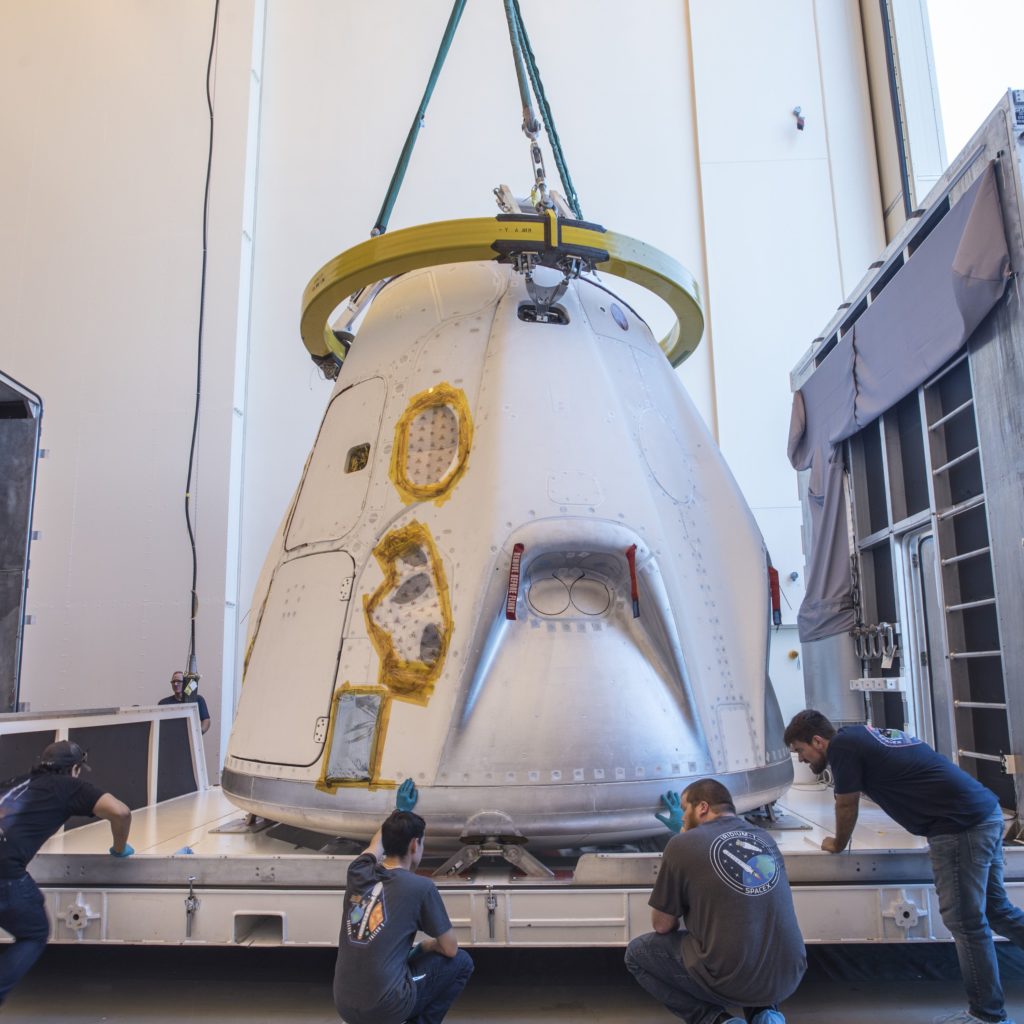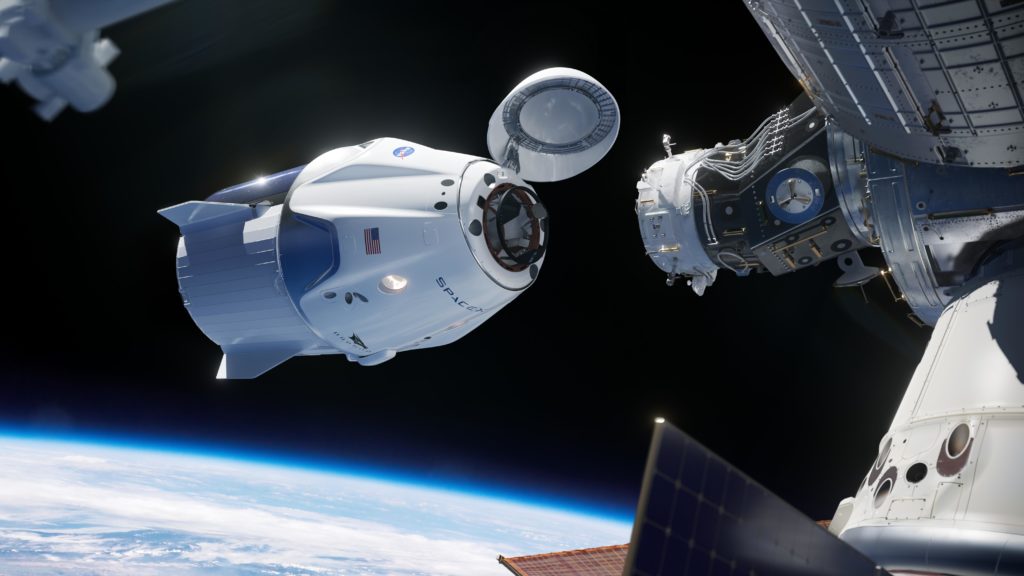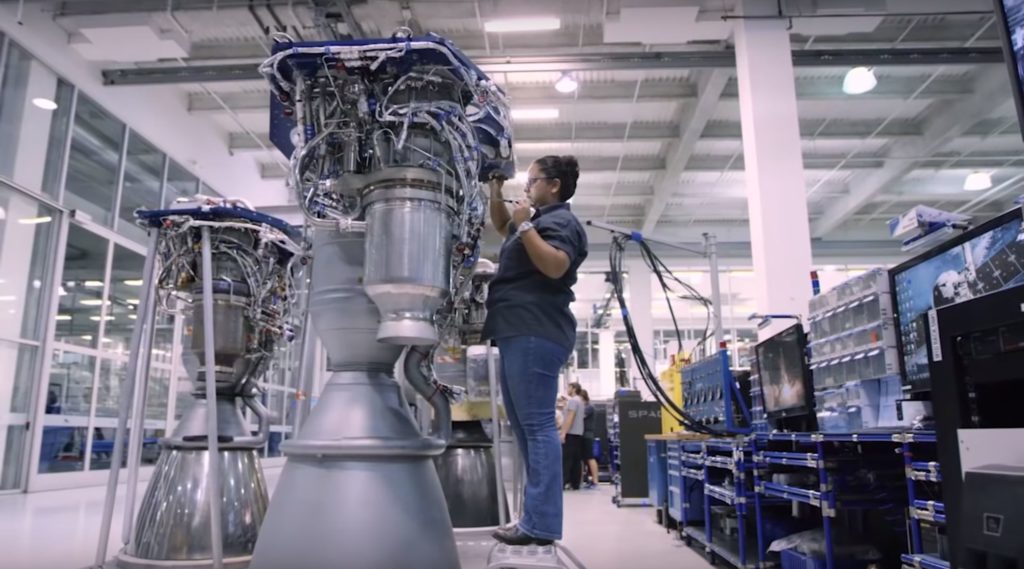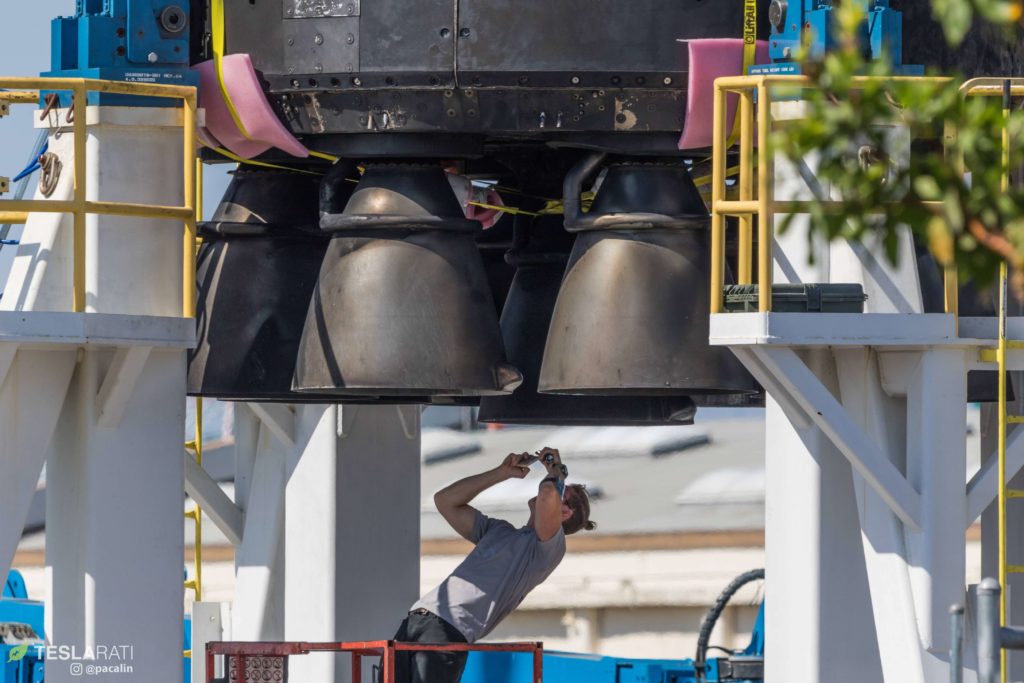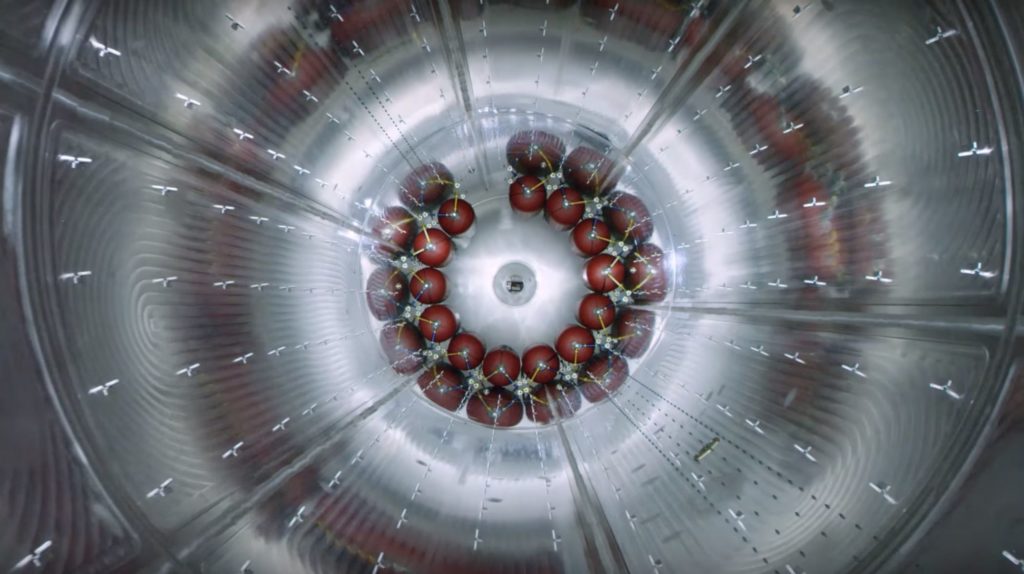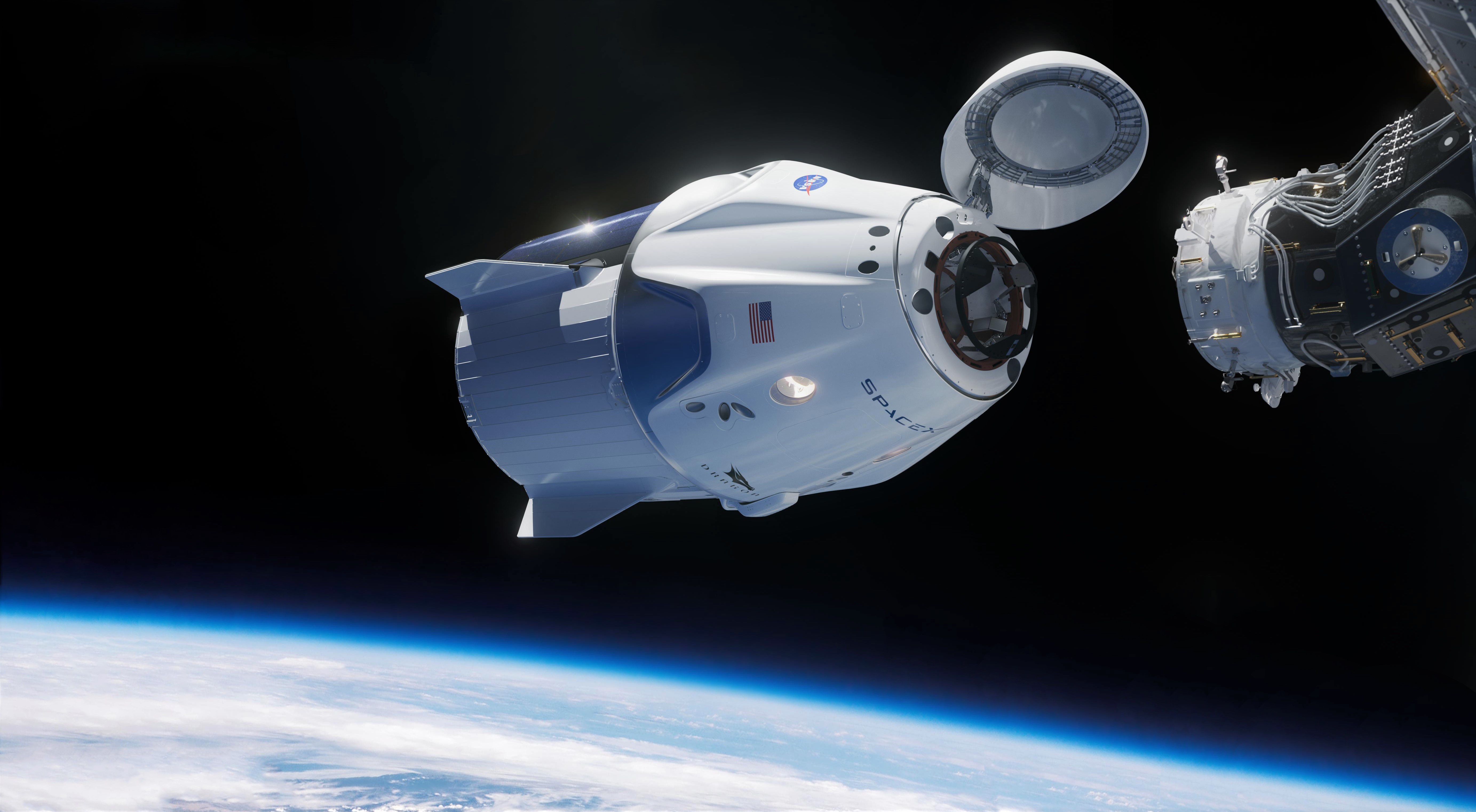

News
SpaceX’s 2018 Crew Dragon launch debut imminent as spacecraft hardware comes together
SpaceX’s first spaceworthy Crew Dragon spacecraft officially has a confident launch target in hand as a flood of activity has begun to complete, ship, test, and deliver multiple critical components ranging from the Dragon capsule itself to the Falcon 9 Block 5 first and second stages for that capsule’s November or December launch debut.
As of today, SpaceX has between three and four months to finish up a significant – but by no means impossible – amount of work, ranging from actual hardware completion, integration, and preflight checkouts and testing to a veritable flood of paperwork required by NASA before any Commercial Crew launch can proceed.
Watch live as @NASA announces the astronauts assigned to fly aboard Crew Dragon and launch from American soil for the first time since the final Space Shuttle mission in 2011 → https://t.co/rdhLIxFGwa pic.twitter.com/Y640lpu13G
— SpaceX (@SpaceX) August 3, 2018
Paper beats rock(et)
In fact, given comments from SpaceX’s President and COO Gwynne Shotwell and CEO Elon Musk, the executives appeared to be very confident that the hardware for the first uncrewed demo mission (DM-1) and second crewed test flight (DM-2) would be ready for launch. These comments most likely group software under that hardware umbrella, meaning that Shotwell and Musk seem to be very subtly commenting on the immense bureaucratic workload required from SpaceX before NASA will permit them to launch.
Decades of experience as a military-industrial complex stalwart has readily prepared Boeing to deal with those vast ‘certification’ workloads, but that certainly doesn’t mean that NASA couldn’t find a more pragmatic and less oppressive balance between carelessness and a downright obsessive compulsion to document every molecule of their commercial providers’ hardware, software, and wetware (employees, management, organizational structure).
- The first spaceworthy Crew Dragon capsule is already in Florida, preparing for its November 2018 launch debut. The same capsule will be refurbished and reflown as few as three months after recovery. (SpaceX)
- Crew Dragon approaches the International Space Station in this render. (SpaceX)
- Crew Dragon separates from its trunk segment. (SpaceX)
Falcon 9 preps for Crew Dragon
Despite the often-onerous bureaucratic demands of NASA’s Commercial Crew Program office, SpaceX is moving rapidly ahead with a range of hardware, all critical for the Crew Dragon’s November/December launch debut. With the capsule itself already in Florida and the DM-1 Dragon’s trunk nearing shipment from Hawthorne to Cape Canaveral (currently NET September), the next and perhaps most important piece is Falcon 9 itself.
Confirmed earlier this year in a quarterly NASA Commercial Crew update, SpaceX assigned Falcon 9 Booster 1051 to Crew Dragon’s debut launch. That rocket booster and its complementary upper stage are already at SpaceX’s McGregor, TX rocket testing facility undergoing a number of acceptance tests and checkouts as of today, confirming a number of critical facts. Most importantly, the presence of integrated the B1051 booster in Texas appears to imply that SpaceX has successfully fixed slight design flaws in their Merlin 1D engines and composite-overwrapped pressure vessels (COPVs), even if the paperwork to officially ‘certify’ them for flight has not been completed.
- Fresh Block 5 Merlin 1D engines are built and assembled in Hawthorne, CA before heading to Texas for testing. (SpaceX)
- A SpaceX technician documents the condition of Falcon 9 B1048’s Block 5 Merlin engines, 08/01/18. (Pauline Acalin)
- Falcon 9 shows off some of its COPVs in a tour of SpaceX’s Hawthorne factory. (SpaceX)
This meshes nicely with details provided in a recent NASA Commercial Crew news post, which stated that “Falcon 9’s first and second stages for the Demo-1 [Crew Dragon] mission are targeted to ship … [to] McGregor, Texas for additional testing in August.” Ship they did and the booster may well have beaten that “August” timeframe according to photos of the facility from mid-July. When exactly that testing will wrap up in Texas is unclear but it would be reasonable to expect the rocket booster and upper stage to ship to SpaceX’s Launch Complex 39A (LC-39A) in Cape Canaveral within 4-6 weeks, giving the company a solid month and a half to integrate the rocket, static fire it at the pad, complete assembly of Crew Dragon, and attach the spacecraft to its Falcon 9 rocket ahead of launch.
For prompt updates, on-the-ground perspectives, and unique glimpses of SpaceX’s rocket recovery fleet (including fairing catcher Mr Steven) check out our brand new LaunchPad and LandingZone newsletters!
Elon Musk
Elon Musk confirms Grok 4 launch on July 9 with livestream event
The rollout will be accompanied by a livestream at 8 p.m. Pacific Time.
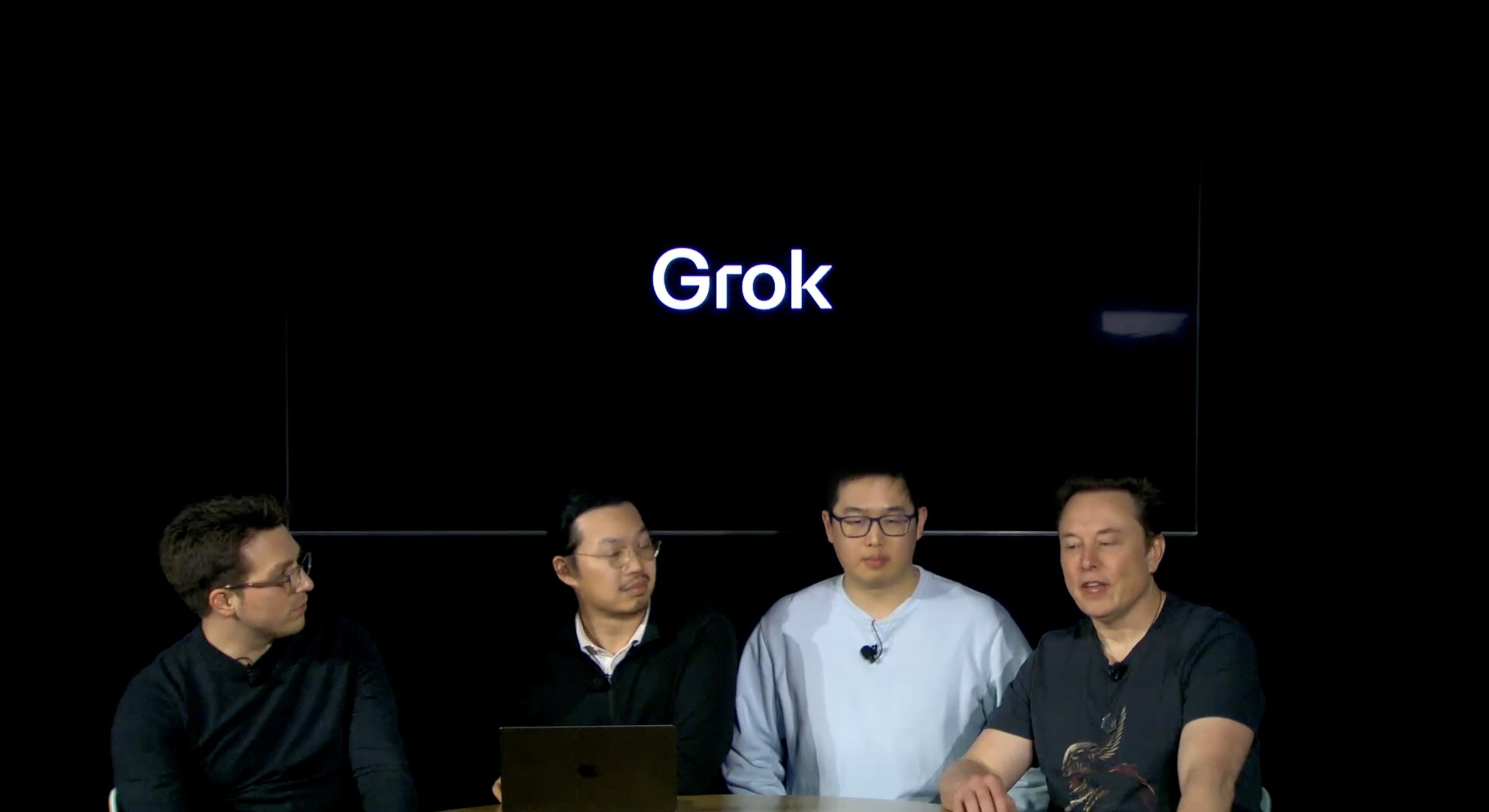
Elon Musk has officially confirmed that Grok 4, the latest version of xAI’s large language model, will launch on July 9. The rollout will be accompanied by a livestream at 8 p.m. Pacific Time, hosted on xAI’s official account on X.
xAI goes straight to Grok 4
Back in May, leaks indicated that xAI was getting ready to ship Grok 3.5. Considering Musk’s recent comments, however, it appears that the artificial intelligence startup would be focusing on the large language model’s fourth iteration instead. As noted in a Financial Express report, users on X have sighted references to Grok 4 in the lead up to the update’s launch, such as “grok-4-prod-mimic” and “Grok 4 Code.”
Musk’s Grok 4 announcement comes as AI competition intensifies between major players including OpenAI, Google, and xAI. With Musk’s Colossus supercomputer fully operational in Memphis, xAI appears to be accelerating its AI product roadmap.
Musk pushes Grok toward political neutrality
Grok 4’s launch also follows a recent controversy involving political bias, as noted in a CNN report. Last week, Grok responded to a user on X stating that political violence in the U.S. since 2016 had come more from the political right than the left. The chatbot noted in a later reply that its answer was based on information from sources like Reuters, the Journal of Democracy, and University of Maryland studies.
Musk stated that Grok’s response was a “major fail.” “Major fail, as this is objectively false. Grok is parroting legacy media. Working on it,” he wrote in a post on X. By the end of June, Musk noted that he was “grinding all night with the xAI team” and that they were making “good progress.” He also stated that the model “Will be called Grok 4. Release just after July 4th. Needs one more big run for a specialized coding model.”
News
Tesla opens massive solar Supercharger station in California
The Supercharger opened to customers ahead of Fourth of July weekend, while Tesla continues phase two of construction on the site.
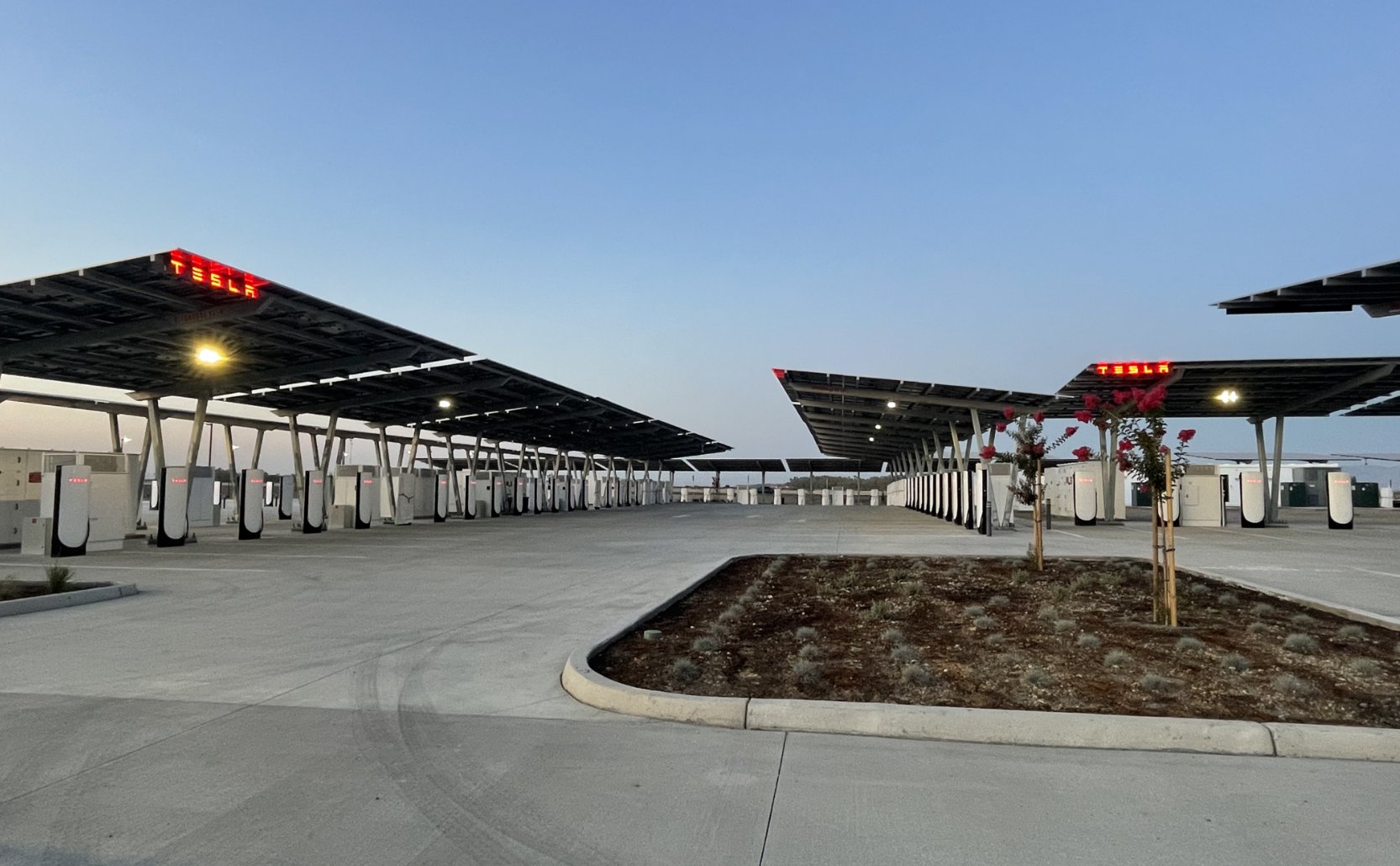
Tesla has officially launched the first several Supercharging posts at a massive station in California, notably including solar canopies and grid-scale batteries to offer completely renewable charging.
Last week, Tesla announced on X that it opened the first 84 Supercharger stalls of a planned 168-stall station in Lost Hills, California. Additionally, the massive Supercharger project features 11MW of solar canopies and 10 Megapack batteries for off-grid charging powered entirely by solar energy.
Tesla completed the first phase of the project just days ahead of the busy Fourth of July holiday weekend, adding that initial construction took just eight months. In addition to the remaining charging stalls, Tesla says it’s building a set of lounge areas, renderings of which can be seen below alongside current photos of the site.
Notably, the site also includes V4 charging posts for the company’s latest available charging speeds, and it’s located near the busy junction between I-5 and Highway 46 in Kern County.
“Thank you [Kern County] and [PG&E] for collaboration and approvals,” Tesla wrote in a follow-up post.
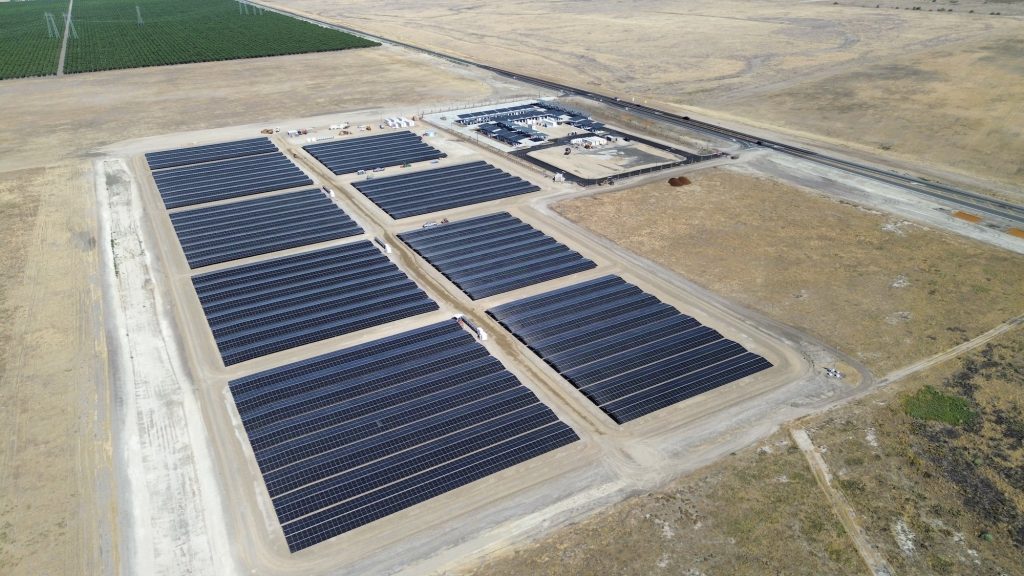
Credit: Tesla Charging | X

Credit: Tesla Charging | X

Credit: Tesla Charging | X
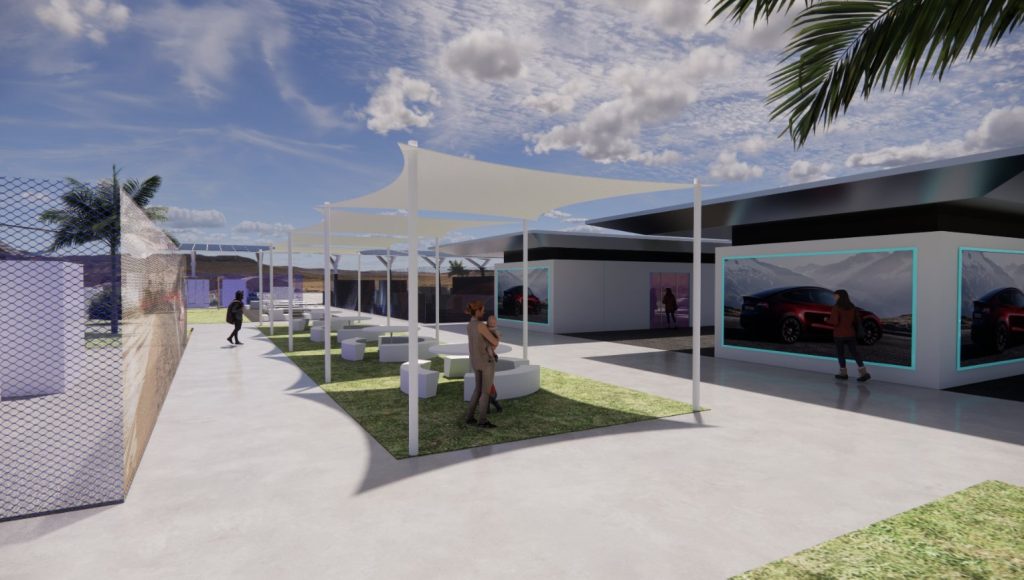
Credit: Tesla Charging | X
Tesla Supercharger Maps for North America, Europe, and Asia pic.twitter.com/0U5r0XRPyo
— TESLARATI (@Teslarati) July 2, 2025
READ MORE ON TESLA SUPERCHARGERS: Tesla launches ultra-fast V4 Superchargers in China for the first time
Testing at the LA Diner, plus Musk update on potential Tesla solar Gigafactory
The huge Tesla Supercharger station completed phase one of construction fairly quickly, especially given how long Tesla has been working on its unique Los Angeles diner, drive-in, and Supercharger location. Still, the company was seen performing some testing at the nearly-completed charging station earlier this month, and will reportedly be holding a job fair.
Elon Musk also responded on Monday morning to a post on X, suggesting that Tesla is “thinking about” building a U.S.-based solar Gigafactory in order to help support increased power needs with AI growth, and to bolster domestic solar production.
Tesla is building a new UFO-inspired Supercharger in the heart of Alien country
News
Tesla driver walks away from major accident with minor injuries
The driver sustained only minor injuries, and the exact cause of the crash remains under investigation.
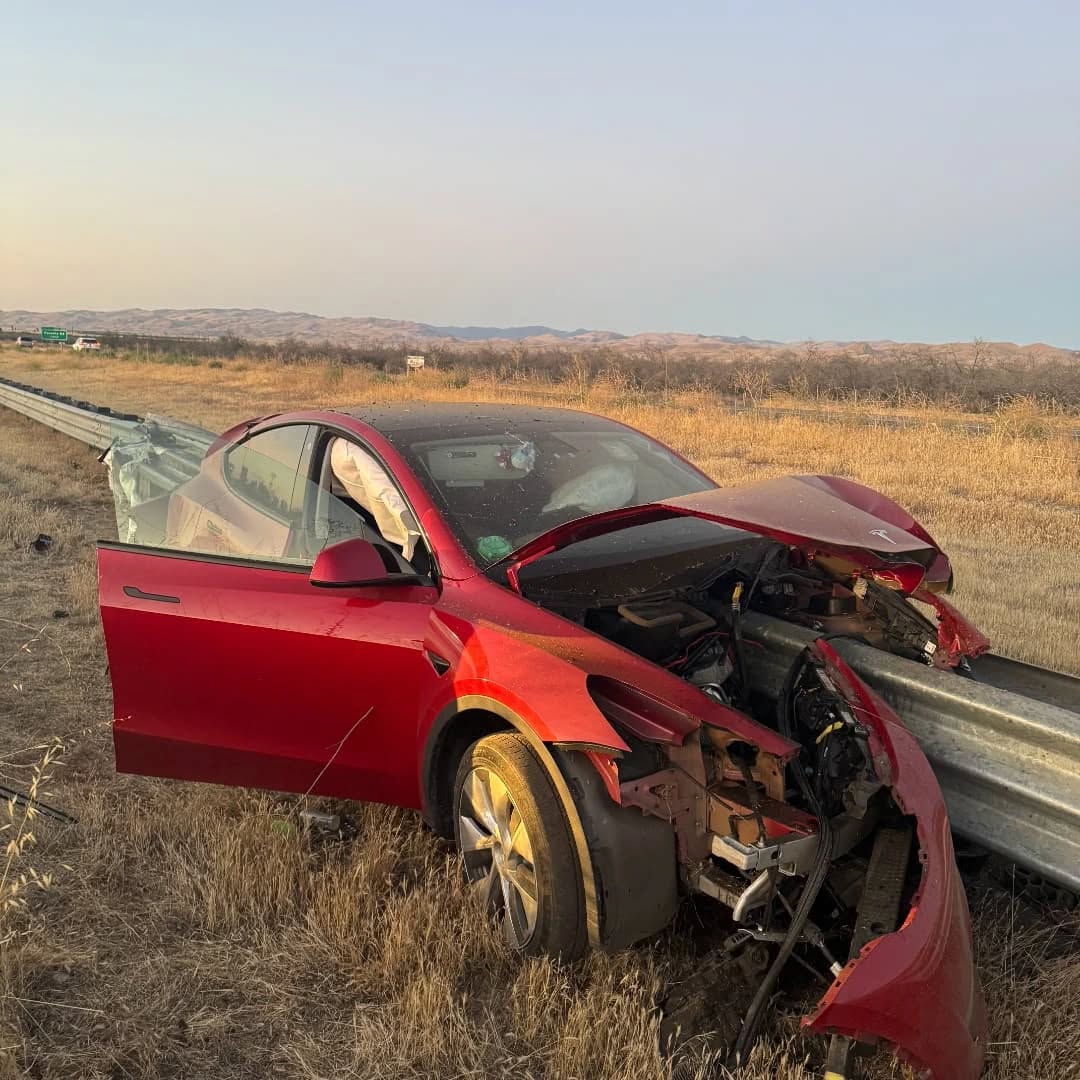
The driver of a Tesla Model Y survived and walked away from a harrowing accident on Monday in California, only sustaining minor injuries despite the vehicle being impaled by a guardrail.
On Monday morning around 4:34 a.m., the Los Banos division of the California Highway Patrol (CHP) responded to the accident on I-5 near Panoche Road, involving a 23-year-old in a Tesla Model Y. According to a post on social media, the driver veered off the road for unknown reasons in the northbound lane, before crashing directly into the guardrail and impaling the vehicle.
You can read the full message and photos from Los Banos CHP below, as were shared in a Facebook post on Monday afternoon.
This morning a Tesla model y was traveling in the #1 northbound lane of I-5 north of Panoche Rd. For unknown reasons driver allowed V-1 to veer off the roadway, travel through a dirt center divide, and crashed into the fixed metal guardrail. Lucky for the driver he only sustained minor injuries and was able to walk away. Driving a vehicle requires 100% attention to the road. Avoid distractions and focus on driving.
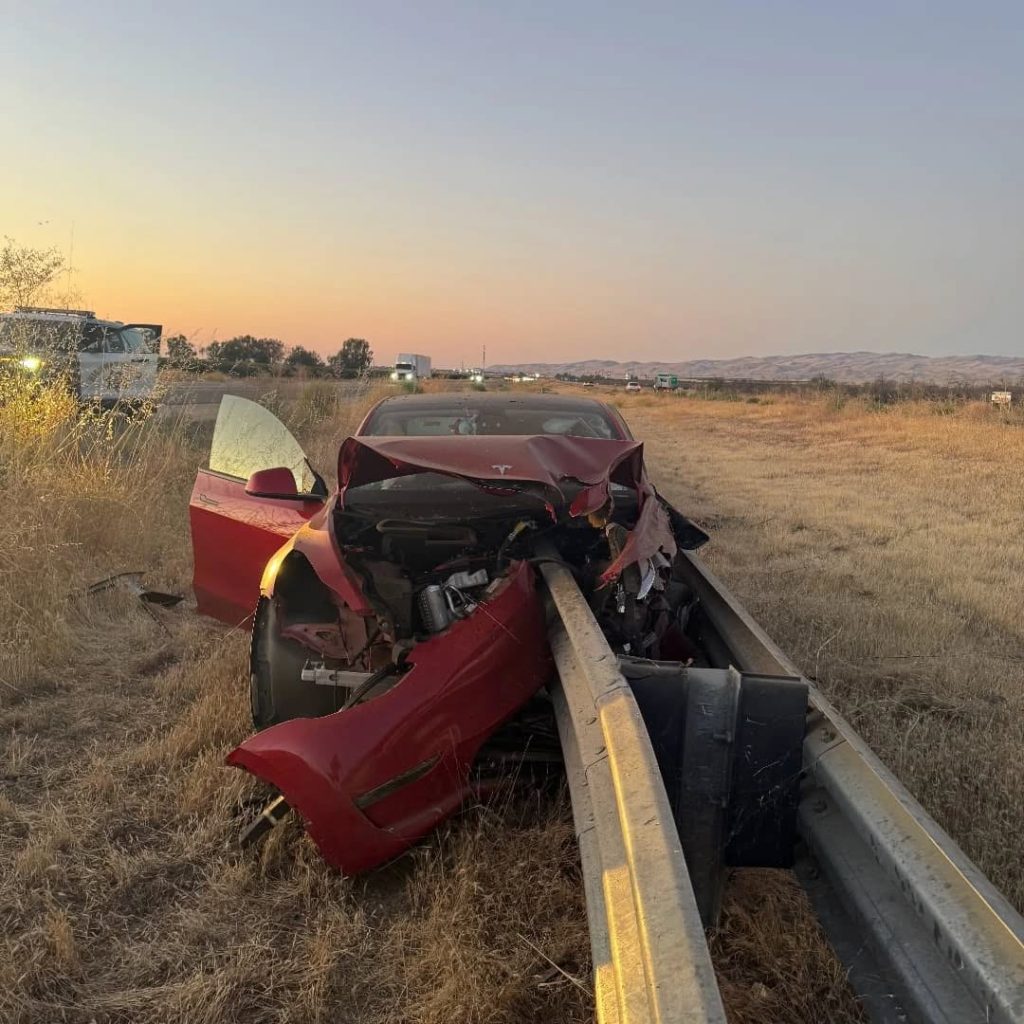
Credit: CHP Los Banos (via Facebook)
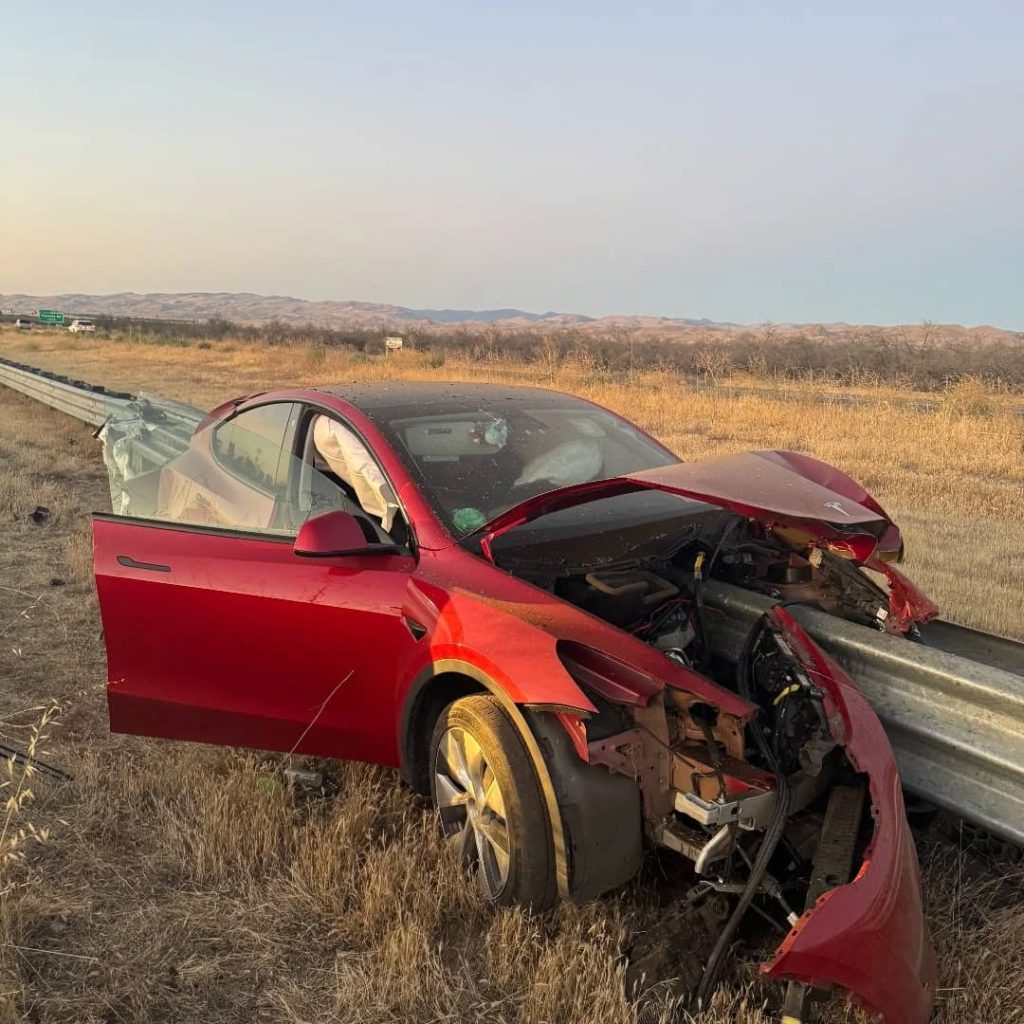
Credit: CHP Los Banos (via Facebook)
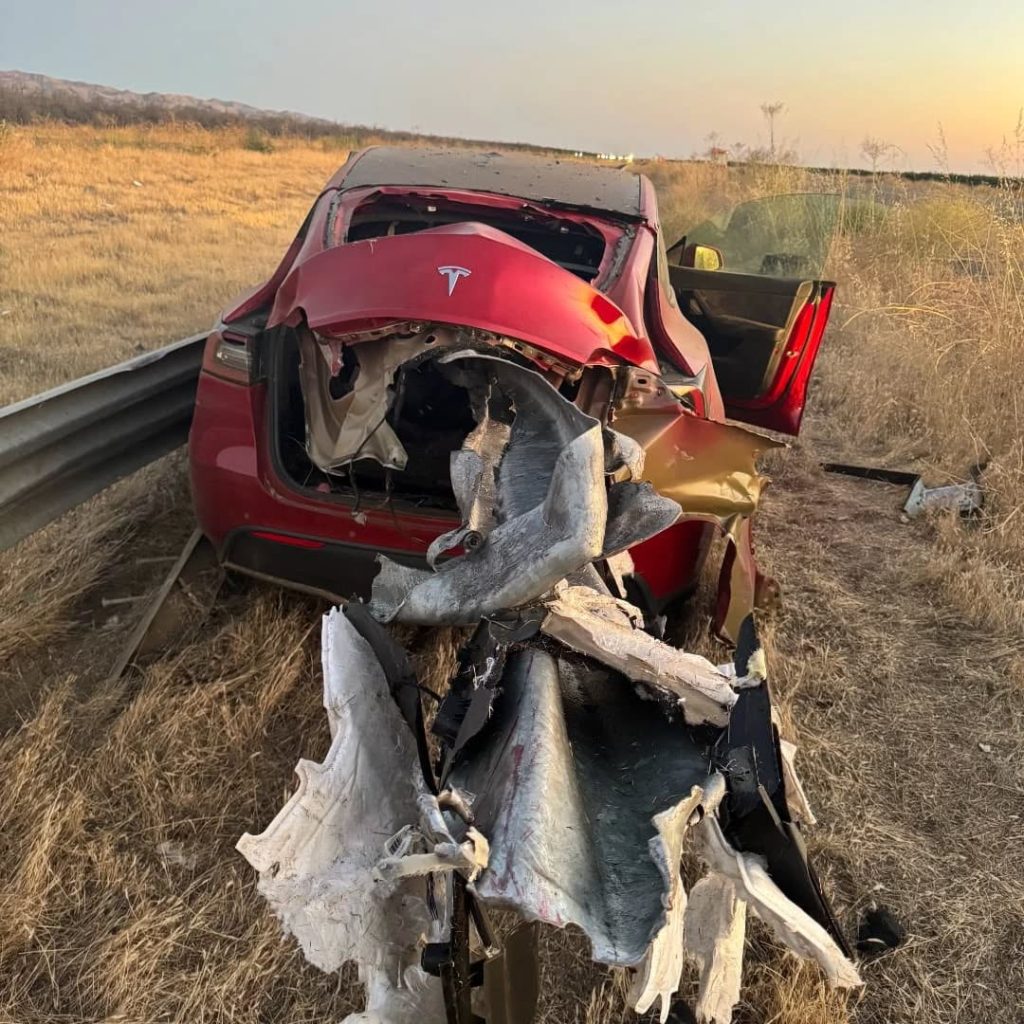
Credit: CHP Los Banos (via Facebook)
In a statement to SFGate, CHP officer Myles Anderson said that the driver only sustained minor injuries, while no arrests are made and drugs and alcohol are not suspected to have been involved. The report also notes that Tesla’s “cruise control and lane assistance features” were activated, according to Anderson. However, it’s not entirely clear if this is referring to Supervised Full Self-Driving (FSD), or to the cruise control and lane assist features baked into Autopilot.
At the time of writing, CHP has not yet responded to Teslarati’s request for clarification and additional details on the matter.
Tesla Crash Safety Ratings across its lineup: pic.twitter.com/ny30R7ceji
— TESLARATI (@Teslarati) July 1, 2025
READ MORE ON TESLA SAFETY: Tesla rolls out crucial new safety feature aimed at saving children
The news comes after Tesla has touted its vehicles as incredibly safe for many years. In December, for example, the company highlighted receiving top safety scores from regulators on four different continents throughout the world, including from the National Highway Traffic Safety Administration (NHTSA) and the Insurance Institute of Highway Safety (IIHS) in the U.S.
Tesla has also listed the goal of making its vehicles the safest on the road throughout the years, both in the overall design of its vehicles and in its Autopilot and Full Self-Driving (FSD) programs.
Tesla Model 3 ranks as the safest new car in Europe for 2025, per Euro NCAP tests
-

 Elon Musk1 week ago
Elon Musk1 week agoTesla investors will be shocked by Jim Cramer’s latest assessment
-

 News2 weeks ago
News2 weeks agoTesla Robotaxi’s biggest challenge seems to be this one thing
-

 News2 weeks ago
News2 weeks agoWatch the first true Tesla Robotaxi intervention by safety monitor
-

 Elon Musk2 weeks ago
Elon Musk2 weeks agoA Tesla just delivered itself to a customer autonomously, Elon Musk confirms
-

 News2 weeks ago
News2 weeks agoTesla Robotaxi rollout proves that Elon Musk still delivers, even if it’s late
-

 Elon Musk2 weeks ago
Elon Musk2 weeks agoxAI welcomes Memphis pollution results, environmental groups push back
-
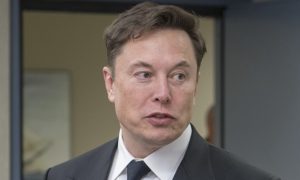
 Elon Musk2 weeks ago
Elon Musk2 weeks agoElon Musk commends Tesla team on successful Robotaxi launch
-
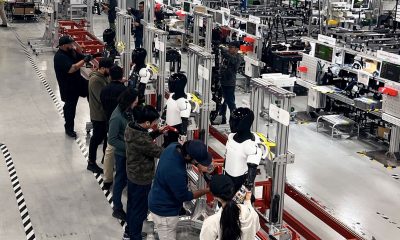
 Elon Musk2 weeks ago
Elon Musk2 weeks agoElon Musk confirms Tesla Optimus V3 already uses Grok voice AI

